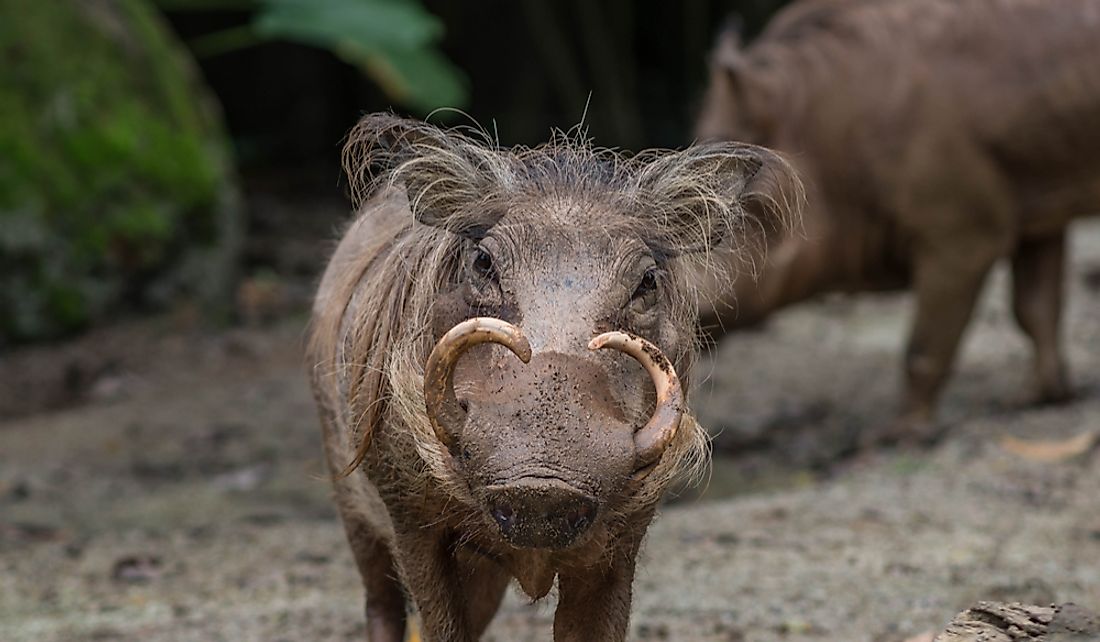How Many Species Of Babirusa Are There?

The babirusas or deer-pigs are a genus of animals belonging to the Suidae family. These animals occur in Wallacea which is a term used to refer to a biogeographical region with a unique set of flora and fauna. More specifically, babirusas are an endemic species found only on several Indonesian islands. Until 2002, all members of the genus were regarded as a single species, the B. babyrussa. However, currently, the genus has three extant species and a proposed species. The babirusas are known for their distinct “prehistoric” appearance as the males have remarkable upward-curving canine tusks that pierce the flesh in the snout. All babirusa species are threatened as per their classification in the IUCN Red List.
Buru Babirusa
The Babyrousa babyrussa is one of the four species of babirusa. Until 2001, all babirusa species were considered to be conspecific under Babyrousa babyrussa but the discovery of morphological and genetic differences led to their separate classification in more recent times. The Buru Babirusa is found exclusively in the Indonesian islands of Buru, Taliabu, and Mangole. This animal has long and thick, golden-brown colored fur. The tail tuft of the species is also quite well-developed. They inhabit tropical rainforests, natural ponds, and riverbanks in their limited range. They are omnivorous in nature and feed on both plant parts, small vertebrates, and invertebrates. The Buru Babirusa is threatened by habitat loss and poaching and has been listed as a “Vulnerable” species by the IUCN.
North Sulawesi Babirusa
The Babyrousa celebensis is found in the Sulawesi island and some other nearby islands, Buton, Muna, and Lembeh. The head to body length of this animal is 85 to 110 cm and weight is around 100 kg. It lacks body hair and has a grayish skin color. It can be distinguished from the Buru babirusa by the absence of fur on its body and the absence of hair on the tail tuft. It can be distinguished from the Togian babirusa by its smaller size, less developed tail tuft, and upper canine structure. The Babyrousa celebensis lives in the underbrush of tropical forests, shores of water bodies, and canebrakes. It has also been labeled as a “Vulnerable” species by the IUCN. There is a large population of this species in captivity as it has been extensively inbred.
Togian Babirusa
The Babyrousa togeanensis, as the name suggests, is found only in the Togian Islands of Indonesia. The upper canines of this animal are relatively shorter and slender than that of the North Sulawesi Babirusa. They also always converge. The species also has a bigger and more developed tuft on the tail. It is also a “Vulnerable” species.
Bola Batu Babirusa
Babyrousa bolabatuensis is a "proposed" babirusa species. It is found on the island of Sulawesi. It was ranked as a species in 2002 by Erik Meijaard and Colin Groves. However, certain uncertainties as to the classification of this species still remain. As a result, the IUCN is yet to recognize the species. Currently, it is provisionally regarded as a member of the North Sulawesi Babirusa species but assigned the scientific name B. bolabatuensis. Further studies will decide whether is deserves a separate species status.











